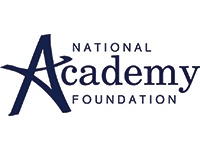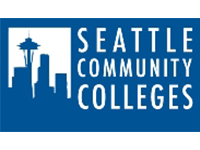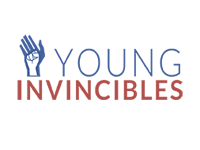Free Community College: Opening doors of educational opportunity
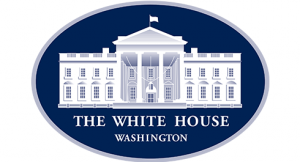 •
•
President Obama has just made a potentially game-changing announcement that his 2016 budget proposal will include a plan to provide two years of community college for students – for free. Under his proposal, the federal government would cover three-fourth of the cost of community college; participating states would provide matching funds to cover the remainder. Students participating the program would be required to attend at least half time and maintain a 2.5 grade-point average. The White House estimates that the average student would save $3,800 a year.
Meanwhile, only community colleges deemed “effective” could receive the funds. These colleges must offer academic programs that fully transfer credits to public four-year colleges and universities for students who want to continue on to a bachelor’s degree and/or offer occupational training programs with high graduation rates linked to in-demand degrees and certificates that lead to good jobs. In addition, community colleges, which currently graduate or transfer only about 40 percent of students, must also adopt reforms to improve student outcomes.
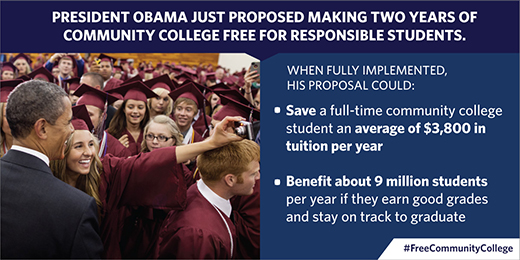
The White House estimates about 9 million students would be eligible for the program, if they maintain good grades and stay on track to graduate.
In addition, President Obama has proposed a new American Technical Training Fund, which would expand innovative and high quality technical training programs. This fund would reward programs that promote strong employer partnerships that offer work-based learning opportunities.
President Obama, a Democrat, is scheduled to formally announce the initiative today at a community college in Tennessee, a state that is pioneering a free community college program this year under the leadership of Republican Governor Bill Haslam.
While many details are still unknown, including the potential cost of such an expansion, Opportunity Nation is excited to see the concept of making post-secondary education more accessible to young Americans gain ground among leaders of both parties. We also applaud the increased accountability of the proposal that would link federal funds to proven strategies and improved student outcomes. At the same time, we recognize that the President’s proposal will likely face steep opposition in a Republican-controlled Congress that is wary of expanding federal programs and would require increased state investment even as many states have been decreasing their support for public higher education.
Nonetheless, policymakers on both sides of the aisle seem to recognize the fact that just as earning a high school diploma was essential to secure a middle-class job for much of the 20th century, earning some form of post-secondary degree or credential is now required to achieve the American Dream in the 21st century.
The Georgetown Center for Education and the Workforce estimates that by 2020, two-thirds of all jobs in the United States will require an associate’s degree or higher. (In 1970, just 28 percent of jobs required this level of education.) Unless more students enroll and graduate from community and four-year colleges, we are on track to fall short by five million skilled workers. With many Americans shut out of post-secondary education because of rapidly rising higher education costs, community colleges provide an important option for students.
Tuition-free community colleges aren’t a new idea. States have been exploring offering tuition-free community college recently. Along with Tennessee, Oregon and Mississippi having also passed recent legislation. Chicago is also launching a program this year under the leadership of Mayor Rahm Emanuel, President Obama’s former chief of staff. The Chicago initiative will cover the cost of tuition, fees and books at the city’s community colleges to recent Chicago Public School graduates with at least a 3.0 grade point average.
Tuition-free community college isn’t without critics who are asking if expanding a costly federal program is the best way to address the workforce crisis. They point out that a majority of states have cut higher education funding during recent economic downturns. Critics also concerned that by promoting enrollment in two-year institutions, some students won’t enroll in four-year colleges and universities, which historically have higher completion rates.
Clearly, there is a long road before this proposal could become reality, and many more details are needed. Nonetheless, we are thrilled to see the President and Congressional leaders recognize the trained workforce crisis facing this country and the important role community colleges play in putting young adults on the path to success, and join together for this ambitious announcement.
The fact that President Obama is making his announcement today in Tennessee, alongside Gov. Haslam and Republican U.S. Senator Lamar Alexander, a former Education Secretary who supports Tennessee’s community college program but has expressed skepticism about a larger federal role, indicates there may be some common ground upon which to build. It also underscores the critical importance of bipartisanship in order to move the needle on a national scale and expand opportunity to more Americans.




